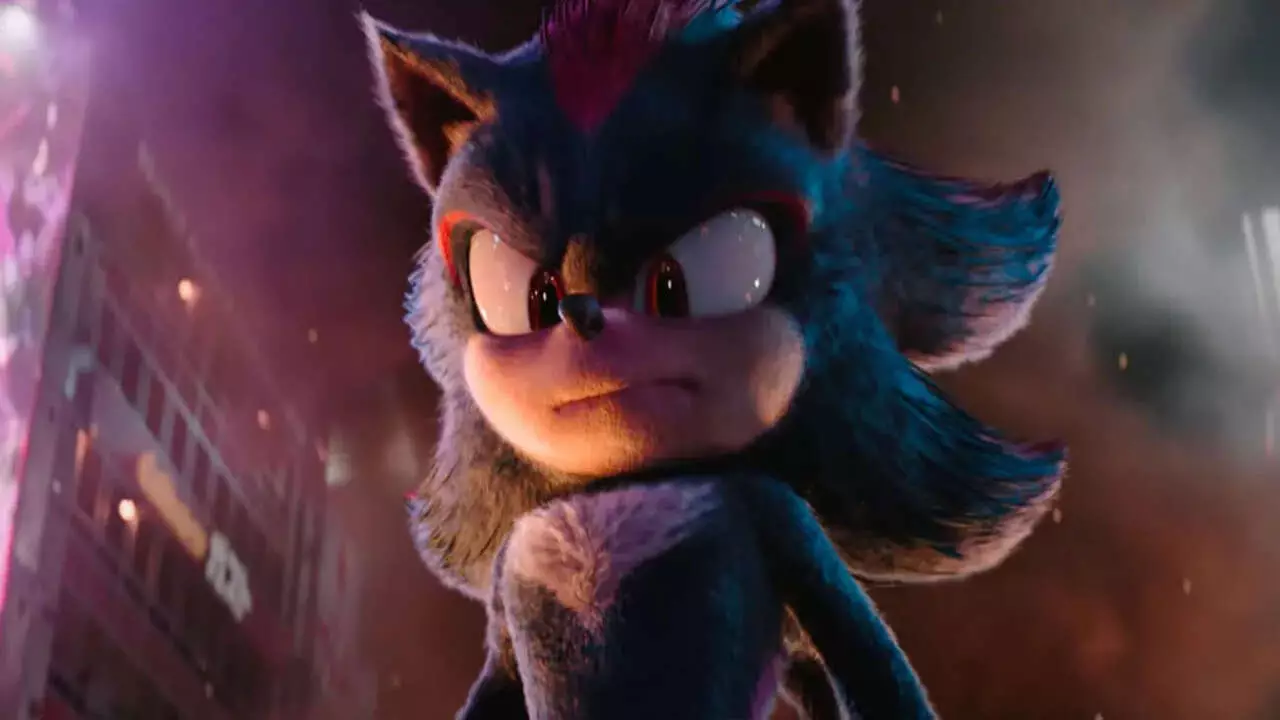In recent years, Sega has made significant inroads into the Hollywood entertainment landscape, marked by the anticipation surrounding the upcoming sequel, *Sonic the Hedgehog 3*. In concert with the announcement of new projects such as a *Shinobi* movie and Prime Video’s *Like a Dragon* series, Sega seems poised to redefine its identity not just as a gaming entity but as a key player in the transmedia narrative industry. This strategic pivot is driven by a vision articulated by Justin Scarpone, the former Disney executive who now helms Sega’s global transmedia efforts.
Scarpone’s hiring signals a potential transformation in how Sega approaches its intellectual properties. His experience in a company like Disney—renowned for its storytelling across multiple platforms—suggests that he brings valuable insight into creating a cohesive universe around Sega’s franchises. During his recent conversation with *GamesIndustry.biz*, he highlighted the gap that currently exists within the video game industry concerning cross-platform storytelling. Drawing parallels with Disney and Marvel, Scarpone expressed a desire to implement a structured approach to content creation at Sega, ensuring that intellectual properties are not just limited to gaming but extend into other forms of entertainment.
Reimagining the Gaming Ecosystem
Scarpone’s vision goes beyond simple adaptations of video games into films or series. He envisions a robust “content flywheel” system reminiscent of the long-term planning executed by Disney. This methodology involves developing a multi-year roadmap for various franchise placements, ensuring that character developments and narratives reverberate through games, movies, merchandise, and other products. This interconnected strategy aims to deepen fan engagement and create a more immersive experience.
Central to Scarpone’s plan is the character Shadow the Hedgehog, whose expanded role in *Sonic the Hedgehog 3* is a clear indicator of Sega’s ambitions to cultivate robust crossover content. His strategic initiatives include not only showcasing Shadow in upcoming games and films but also developing merchandise that resonates with fans. Scarpone’s talk of making Shadow an “evergreen” character showcases an understanding of not just the gaming market, but the broader entertainment landscape where character attachment and brand loyalty are cultivated.
Navigating Competitive Landscapes
As Sega embarks on this ambitious evolution into an entertainment powerhouse, it faces stiff competition from industry giants like Nintendo, which has long set the standard for successful transmedia ventures. However, Scarpone remains optimistic, asserting that Sega is highly capable of adapting and growing its brand within this new entertainment framework. This future-focused mentality positions Sega well, as the boundaries between gaming and other media continue to blur.
While challenges are inevitable, the integration of film and gaming endeavors can potentially yield impressive results. By aiming to tell richer narratives across multiple forms of media and ensuring that fans have continued engagement with beloved characters, Sega stands on the threshold of a potential renaissance that could redefine its legacy. Sega’s ambitions under Scarpone could mark the dawn of a new chapter—one where video games are as central to global storytelling as films and television, ensuring the company’s narrative longevity for many years to come.


Leave a Reply